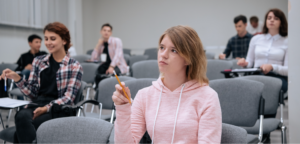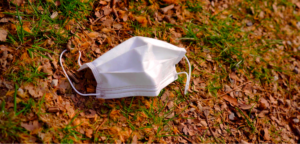
When Words Fail: Learning in the Wake of Loss
During my third year of college, another student that many of my friends interacted with, who tutored some of us, died. While I wouldn’t call him a close friend, he was an acquaintance, and his loss was felt deeply. I remember wanting to cry, but












